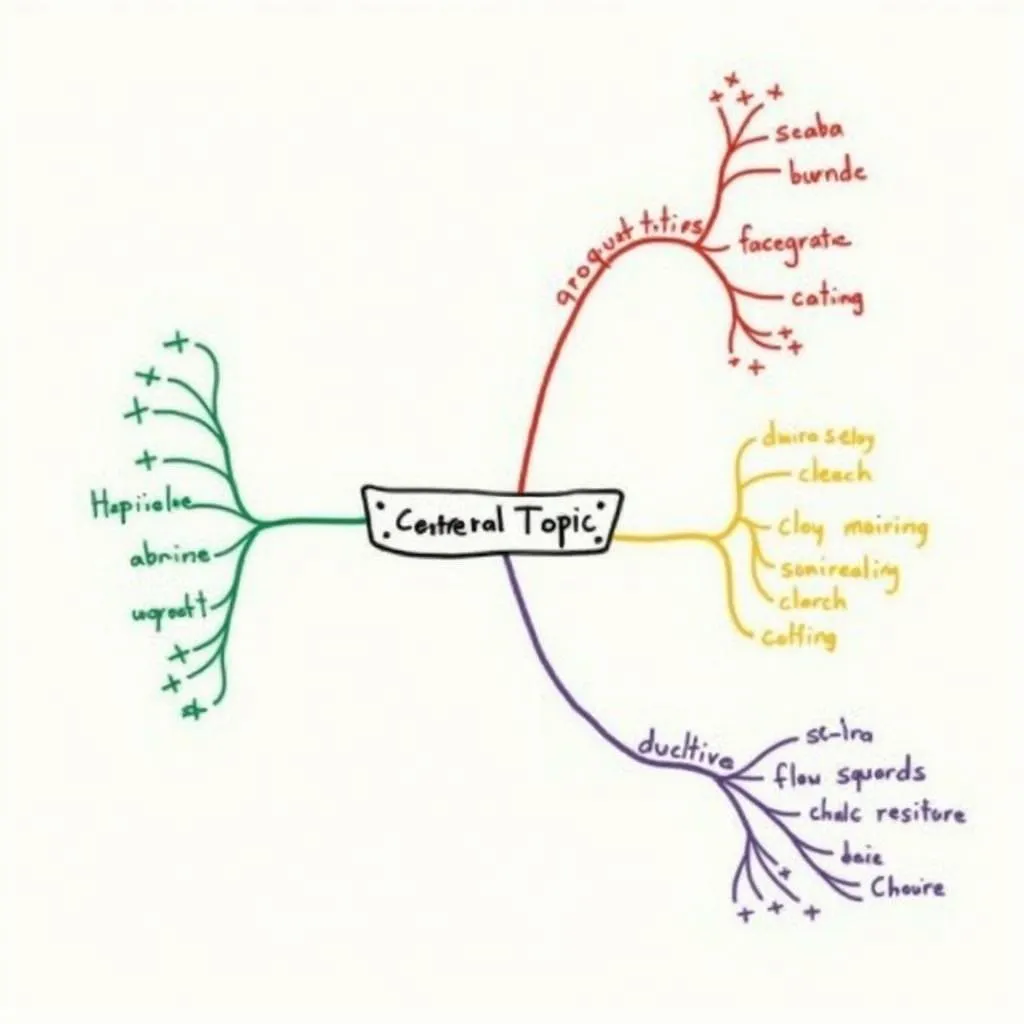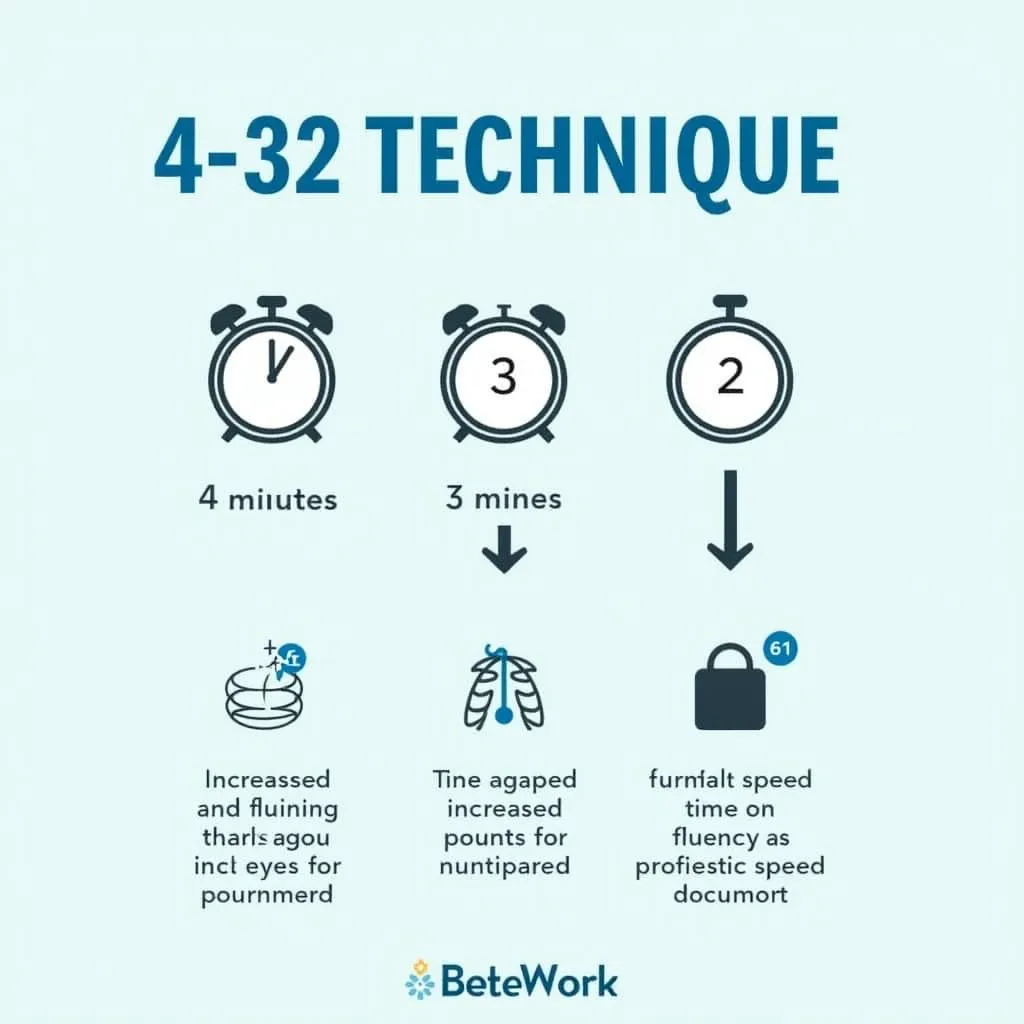Speaking fluently is crucial for success in the PTE Academic test. Developing this skill requires consistent practice and the right techniques. In this comprehensive guide, we’ll explore effective methods to enhance your fluency for the PTE speaking section, helping you gain confidence and achieve your desired score.
Understanding Fluency in PTE Speaking
Fluency refers to the ability to speak smoothly, effortlessly, and at a natural pace. In the PTE test, it’s a key factor in determining your speaking score. Examiners assess your ability to maintain a steady flow of speech without excessive pauses, repetitions, or self-corrections.
Why Fluency Matters in PTE
- Higher scores: Fluent speakers typically achieve better results in the speaking section.
- Enhanced confidence: Speaking fluently boosts your self-assurance during the test.
- Better overall performance: Improved fluency often leads to better pronunciation and intonation.
 Importance of fluency in PTE speaking
Importance of fluency in PTE speaking
Effective Strategies to Improve Fluency
1. Regular Speaking Practice
Consistency is key when it comes to developing fluency. Set aside time each day for dedicated speaking practice.
- Use PTE speaking practice apps to simulate test conditions.
- Record yourself speaking and listen back to identify areas for improvement.
- Practice with a study partner or language exchange buddy.
2. Focus on Pronunciation and Intonation
Clear pronunciation and natural intonation contribute significantly to fluency.
- Study phonetics and practice difficult sounds in English.
- Listen to native speakers and mimic their intonation patterns.
- Use shadowing techniques: repeat after audio recordings of native speakers.
3. Expand Your Vocabulary
A rich vocabulary allows for smoother expression of ideas.
- Learn new words and phrases daily, focusing on those relevant to common PTE topics.
- Use newly acquired vocabulary in context through speaking exercises.
- Create word association maps to help remember and recall words quickly.
4. Improve Your Thought Organization
Organizing your thoughts quickly is crucial for maintaining fluency.
- Practice brainstorming ideas on various topics within a time limit.
- Use mind mapping techniques to structure your thoughts before speaking.
- Develop templates for common PTE speaking tasks, such as describing images in PTE.
 Mind map for organizing thoughts in PTE speaking
Mind map for organizing thoughts in PTE speaking
5. Use Filler Words and Phrases Strategically
While excessive use of fillers can hinder fluency, strategic use can help maintain a smooth flow of speech.
- Learn appropriate filler words and phrases (e.g., “Well,” “You see,” “In other words”).
- Practice incorporating these naturally into your speech.
- Use fillers to buy time while organizing your thoughts, but don’t overuse them.
6. Engage in Timed Speaking Exercises
Simulating test conditions can help improve your ability to speak fluently under pressure.
- Set a timer for each PTE speaking task and practice completing them within the allotted time.
- Gradually increase your speaking speed while maintaining clarity.
- Use PTE speaking section sample questions for realistic practice.
Advanced Techniques for Fluency Enhancement
1. Chunk Language
Learning to speak in chunks or phrases, rather than individual words, can significantly boost fluency.
- Identify common collocations and fixed expressions in English.
- Practice using these chunks in your speech to create a more natural flow.
- Create a personal phrasebook of useful chunks for different PTE speaking tasks.
2. Develop Automaticity
Automaticity refers to the ability to produce language without conscious thought.
- Engage in regular speaking drills focusing on common PTE topics.
- Practice describing everyday objects and situations spontaneously.
- Use tongue twisters to improve your ability to articulate quickly and clearly.
3. Implement the 4-3-2 Technique
This technique involves repeating the same speech three times, each time with a shorter duration.
- Speak on a topic for 4 minutes.
- Repeat the same content in 3 minutes.
- Finally, deliver the speech in 2 minutes.
This method encourages you to speak more efficiently and fluently with each iteration.
 The 4-3-2 fluency technique for PTE speaking
The 4-3-2 fluency technique for PTE speaking
4. Practice Active Listening
Improving your listening skills can indirectly enhance your speaking fluency.
- Listen to English podcasts, news broadcasts, and audiobooks regularly.
- Focus on the speaker’s rhythm, intonation, and use of pauses.
- Try to summarize what you’ve heard immediately after listening.
5. Utilize Visualization Techniques
Visualizing scenarios can help you speak more fluently about them.
- Before speaking, take a moment to create a mental image of the topic.
- Practice describing this mental image in detail.
- Apply this technique to PTE tasks like describe image and retell lecture.
Overcoming Common Fluency Challenges
Dealing with Anxiety
Anxiety can significantly impact fluency. Try these strategies to stay calm:
- Practice deep breathing exercises before and during the test.
- Use positive self-talk to boost confidence.
- Learn how to stay calm during the PTE test to maintain fluency under pressure.
Handling Difficult Topics
When faced with unfamiliar or challenging topics:
- Focus on what you do know about the subject.
- Use general language and examples to support your points.
- Practice speaking about a wide range of topics to build versatility.
Managing Time Pressure
Time constraints in PTE can affect fluency. To manage this:
- Practice with a timer regularly to get used to the time pressure.
- Develop strategies for quickly organizing your thoughts.
- Learn to pace yourself effectively during each speaking task.
Expert Insights on PTE Speaking Fluency
Dr. Emma Thompson, a renowned PTE coach with over 15 years of experience, offers valuable advice:
“The key to fluency in PTE speaking is not just about speed, but about confidence and coherence. Focus on expressing your ideas clearly and naturally, rather than trying to speak as fast as possible.”
John Martinez, a PTE examiner and language specialist, adds:
“I often see test-takers who sacrifice clarity for speed. Remember, fluency is about smooth delivery, not just rapid speech. Practice speaking at a comfortable pace that allows you to articulate your thoughts clearly.”
Conclusion
Improving fluency for PTE speaking requires dedication, consistent practice, and the right strategies. By implementing the techniques discussed in this guide, you can significantly enhance your speaking skills and boost your confidence for the PTE Academic test. Remember, fluency is a skill that develops over time, so be patient with yourself and stay committed to your practice routine.
For more comprehensive guidance on acing the PTE exam, check out our PTE exam preparation tips for high scores. With persistence and the right approach, you’ll be well on your way to achieving fluency and success in the PTE speaking section.
FAQ
How long should I practice speaking each day to improve fluency for PTE?
Aim for at least 30 minutes of dedicated speaking practice daily. Consistency is more important than long sessions.
Can watching English movies and TV shows help improve my fluency for PTE speaking?
Yes, they can be beneficial. They expose you to natural speech patterns and colloquial expressions, which can enhance your fluency when used appropriately.
Is it better to speak slowly and clearly or quickly to demonstrate fluency in PTE?
It’s best to find a balance. Speak at a natural, comfortable pace that allows for clear articulation while maintaining a smooth flow of speech.
How can I improve my fluency when describing graphs and images in PTE?
Practice describing various types of images regularly, develop a template for structuring your response, and familiarize yourself with common vocabulary used in data description.
What should I do if I lose fluency during the actual PTE test?
Take a deep breath, pause briefly to collect your thoughts, and then continue speaking. It’s better to have a short pause than to stumble over your words.
Can tongue twisters really help improve fluency for PTE speaking?
Yes, tongue twisters can improve articulation and speech rate, which contribute to overall fluency. Practice them regularly as part of your preparation routine.
How does the computer-based format of PTE affect fluency in the speaking section?
The computer-based format can initially feel unnatural. To adapt, practice speaking to a computer or smartphone regularly to simulate test conditions and build comfort with this format.